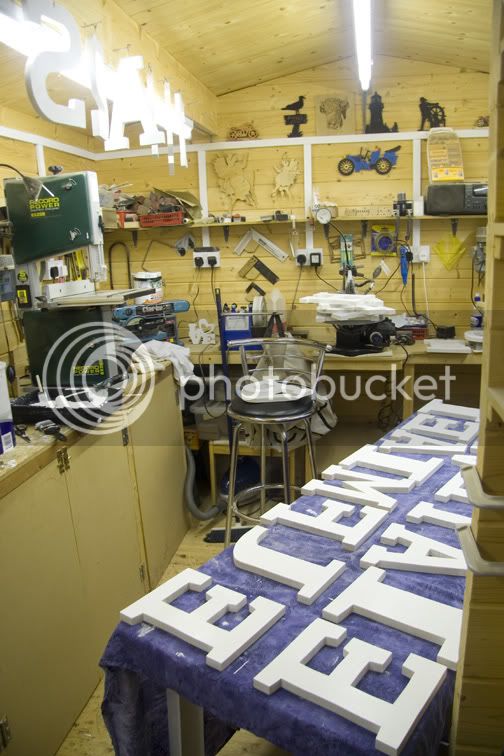Hi,
has anyone else used either laser printed pages or photocopies? Both use toner powder which is fused to the paper with heat to form the image. You can reverse this process to transfer the printed image onto another surface, wood in our case. Place the image, printed side down, onto the wood and quickly iron the back of the paper, using an ordinary domestic iron. Don’t use the steam setting. Don’t spend too long ironing as too much heat can warp the timber by drying out the ironed side. You will need to make tests to find the heat setting appropriate for your iron. My experience is that the transferred image is not very dense and is only readable on light coloured wood. This doesn’t work (AFAIK) with inkjet prints.
If you only have photocopies or laser printed pages that you cannot edit the image will be reversed if you transfer it to the viewed side so transfer it onto the back of the wood. If you have the opportunity to edit and print the images yourself you usually can reverse them using the printer software. You can also scale them to fit the size of your wood if necessary.
One thing to watch is that some laser printers change the proportion of the print slightly, only by a few % but if accuracy is important add a vertical and horizontal scale. This only needs to be two lines of known length that you can check are correct on the print. If you find the print is not 100% in both direction then adjust the scaling on the printer software or in an image editing programme.
Irfanview offers some image editing facilities, is free for home use but has a 10 Euro license fee for commercial use. Gimp is free, very capable but more effort needs to be made to learn to fully use all it’s options.
This idea was (maybe still is?) popular with aeromodelers for transferring wing and fuselage rib profiles to balsa wood.
Hope that is useful to someone
Graham


































